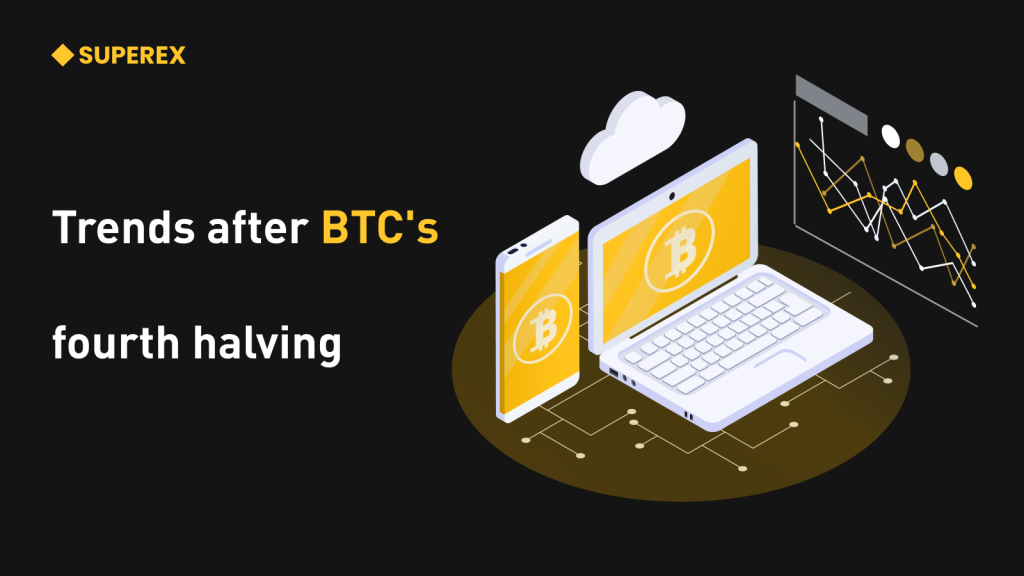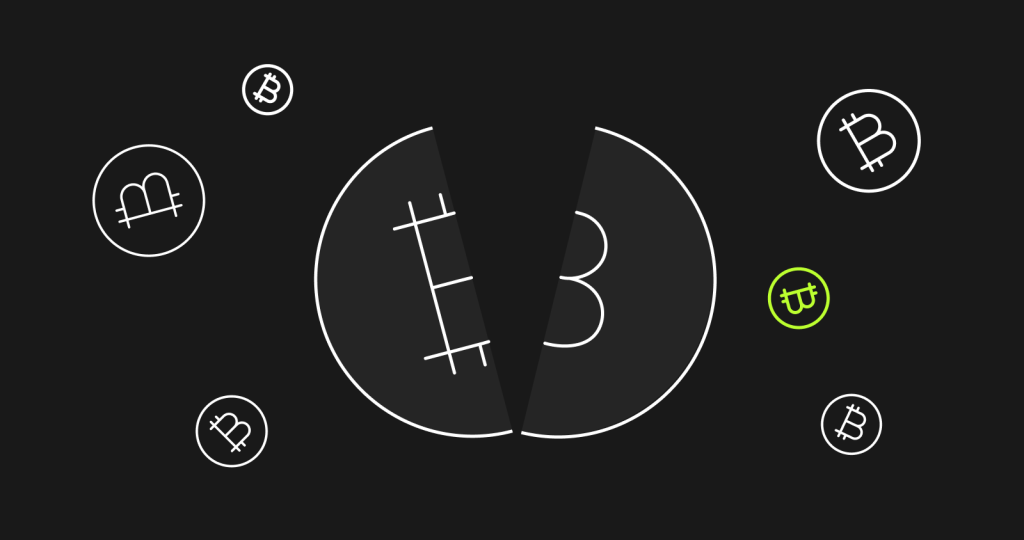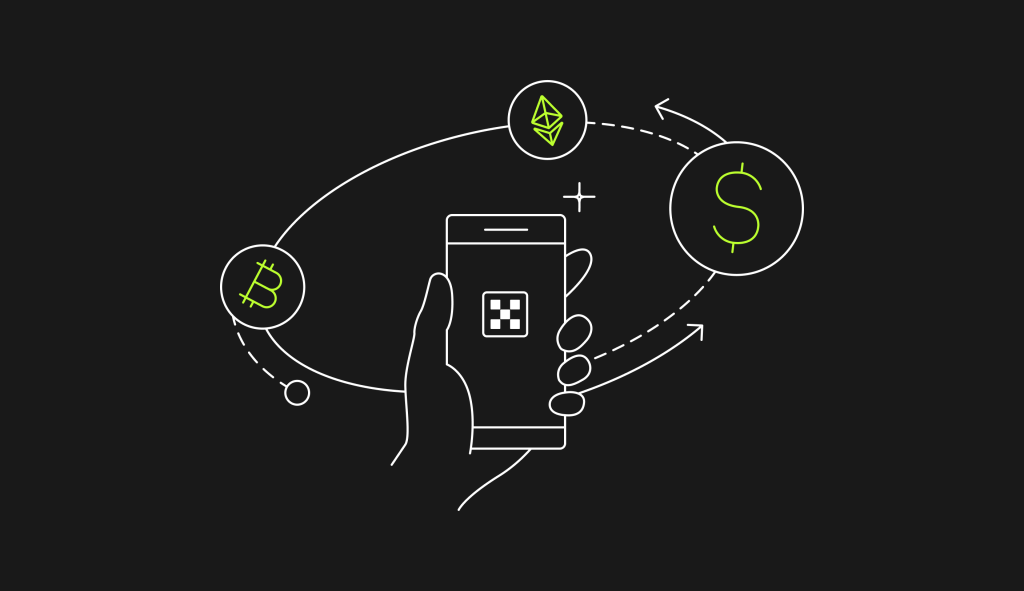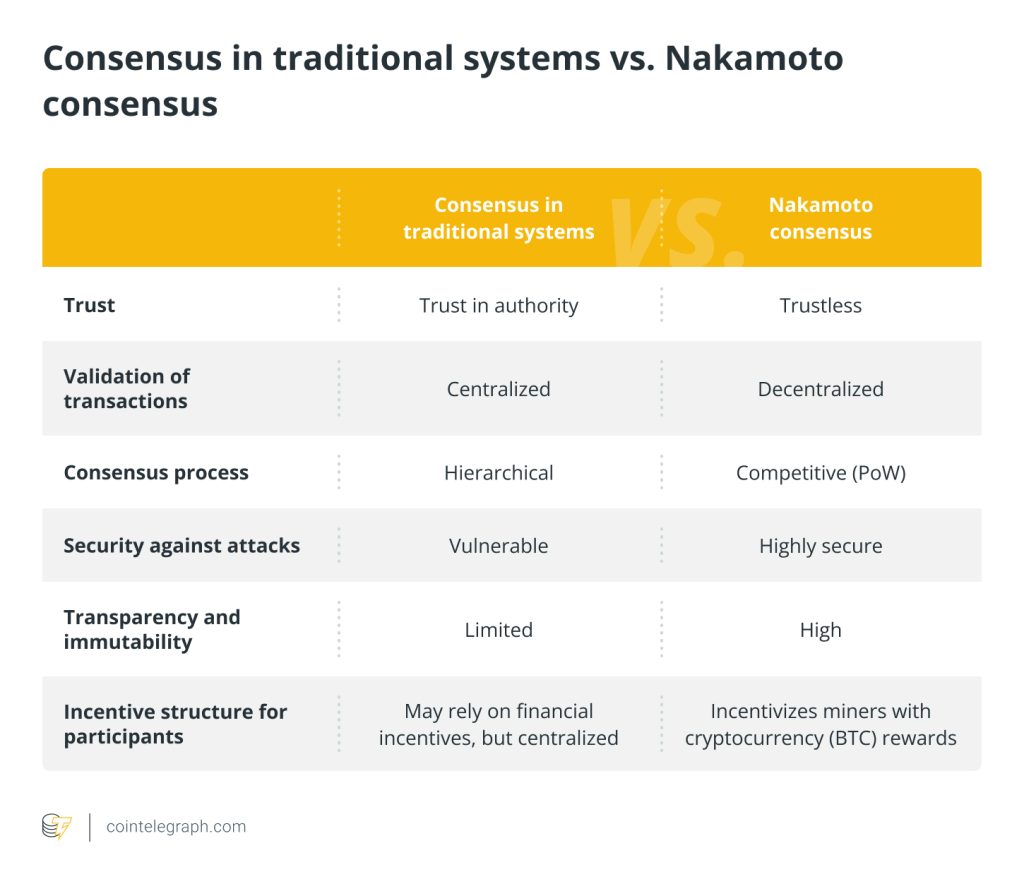History repeats itself? The fourth halving of bitcoin is expected to start on April 20, and then the in-depth analysis of the trend!

Halving bitcoin is a big event for the whole cryptocurrency field. The cryptocurrency market is at a critical moment. What will happen when bitcoin is halved? This event happens about every four years, and the reward for mining bitcoin is halved. This is an essential part of Bitcoin design to ensure that its supply remains limited, in line with Satoshi Nakamoto’s vision of digital currency’s inherent scarcity. Let’s explore the mechanism and influence of this key event in the cryptocurrency world.
Before starting today’s discussion, I think it is necessary to take everyone back to the concept and history of halving BTC. If there are beginners among readers, I think they will like this proposal very much!
The mechanism of halving bitcoin slows down the generation of new bitcoin and extends the production schedule to 2140. The halving process is essential to maintain the scarcity and value of Bitcoin. The following is a brief summary of the halving events so far:
· 2009: The mining reward starts from 50 BTC in each block.
· 2012: The first halving will reduce the reward to 25 BTC.
· 2016: The second halving will reduce the reward to 12.5 BTC.
· 2020: The third halving will reduce the reward to 6.25 BTC.
· 2024: The upcoming fourth halving will reduce the reward to 3.125 BTC.
These events highlight Bitcoin’s commitment to a decentralized and untrusted financial system, free from the manipulation of any single entity.

The importance of “halving”
Every halving event is a critical moment in the life cycle of Bitcoin, because it directly affects the issuance and inflation rate of Bitcoin, reduces the block reward (new bitcoin issued to encourage miners to produce blocks and maintain network security), and may impact the market value of BTC due to greater scarcity.
As its name implies, “halving” means halving the circulation of bitcoin, thus effectively halving the inflation rate of bitcoin (the speed at which new bitcoin enters the market). With this halving, the circulation of bitcoin will drop from 900 bitcoins per day (1.8% distribution rate) to 450 bitcoins per day (0.9% distribution rate). Therefore, miners’ rewards for verifying new blocks and protecting network security (excluding fees) will also be reduced by half, which will affect their incentive level and profitability.
Where will the miners go after halving?
Whether pursuing hardware efficiency to maximize mining returns or innovating profit channels to achieve diversified development, the core idea of miners is to explore new sources of income and effectively supplement the reduced block rewards.
Therefore, in the face of the trend of BTC halving, miners can only increase revenue and reduce expenditure, thus providing a rate of return:
Open source:
1. Many American miners may face cash flow challenges after halving, thus being forced to upgrade their equipment on a large scale. Considering the high custody fees in the United States, this promotion can be regarded as a necessity, not an option.
2. Innovating profit channels to achieve diversified development is also an important direction for miners to open up their sources. Such innovations not only enhance the sustainability of individual mining activities, but also promote the rapid development of diversified trends.
Throttling:
It is also an effective channel to increase profits when industries move to areas with low electricity charges. Driven by the constant pursuit of cost efficiency, especially cheaper electricity, the industry is gradually turning to a more global decentralized model. For example: emerging mining markets in Africa, Latin America and Asia, where electricity is extremely cheap.
Will halving the price increase?
Our analysis of the halving cycle of bitcoin performance is essentially limited, because it has only happened three times before. Therefore, the research on the correlation between the previous halving and bitcoin price should be treated with caution; The sample size is small, so it is challenging to model these events only based on historical analysis. In fact, we believe that more halving cycles are needed to draw a strong conclusion about how Bitcoin “usually” responds to halving. In addition, correlation does not mean causality, and factors including market sentiment, adoption trend, supply relationship and macroeconomic situation may lead to price fluctuations.
Considering that under different market conditions and different investors, blindly predicting whether halving will affect the price may mislead our judgment!
Therefore, don’t judge the subsequent price trend easily only by the experience of halving the previous three times. The market is dynamic, complex and comprehensive!
However, for the financial market, attention and FOMO sentiment are the best catalysts for the bull market. I am optimistic about the market trend after the fourth halving of BTC.
Because the fourth halving of BTC has a completely different internal and external market environment from the previous three:
Internally: BTC has reached a record high before halving;
Externally: Runes Agreement and the fourth halving were launched at the same time, and the FOMO sentiment in the market has climbed to the peak. At the same time, it also brings new demand points to BTC.
Facing the market demand stimulated by halving +Runes and the current FOMO mood, expecting halving will become the mainstream trend of thought in the encryption market!
ETF: the key to success
The launch of spot bitcoin ETF in the United States is reshaping the market dynamics of bitcoin by establishing a new benchmark for bitcoin demand. In the previous cycle, liquidity was a key obstacle to the upward trend of prices, because major market participants (including but not limited to bitcoin miners) would push selling and try to withdraw from long positions. The emergence of spot bitcoin ETF has fundamentally changed this dynamic, providing institutions and retail investors with a more organized and accessible way to participate in bitcoin. By serving as a bridge between traditional finance and cryptocurrency world, these ETFs have alleviated some liquidity problems previously seen and expanded the investor base.
In a word, the changing environment marked by macroeconomic factors, emerging investment tools such as ETF and changes in market sentiment plays a vital role in shaping the journey of Bitcoin after halving. Although history provides valuable insights, the unique convergence of conditions around each halving event means that the future outcome cannot be predicted only based on the past trend. Therefore, stakeholders should combine historical knowledge with concern about current development in order to get close to the market.
Write it at the end
The halving of bitcoin reflects a predictable monetary rhythm in an uncertain financial environment. Bitcoin’s inherent scarcity and deflation make it a unique asset in each economic cycle. Although the reduction of block rewards will put pressure on miners, it will also push them towards more efficient and sustainable operations. This combination of supply-side events and strong demand drivers shows that Bitcoin is ready to enter the next stage of growth. Bitcoin is not lacking in innovations, such as the upcoming Runes and Bitcoin L2s, the improvement of transaction fees and scalability, and Bitcoin is ready for the next era.







Responses